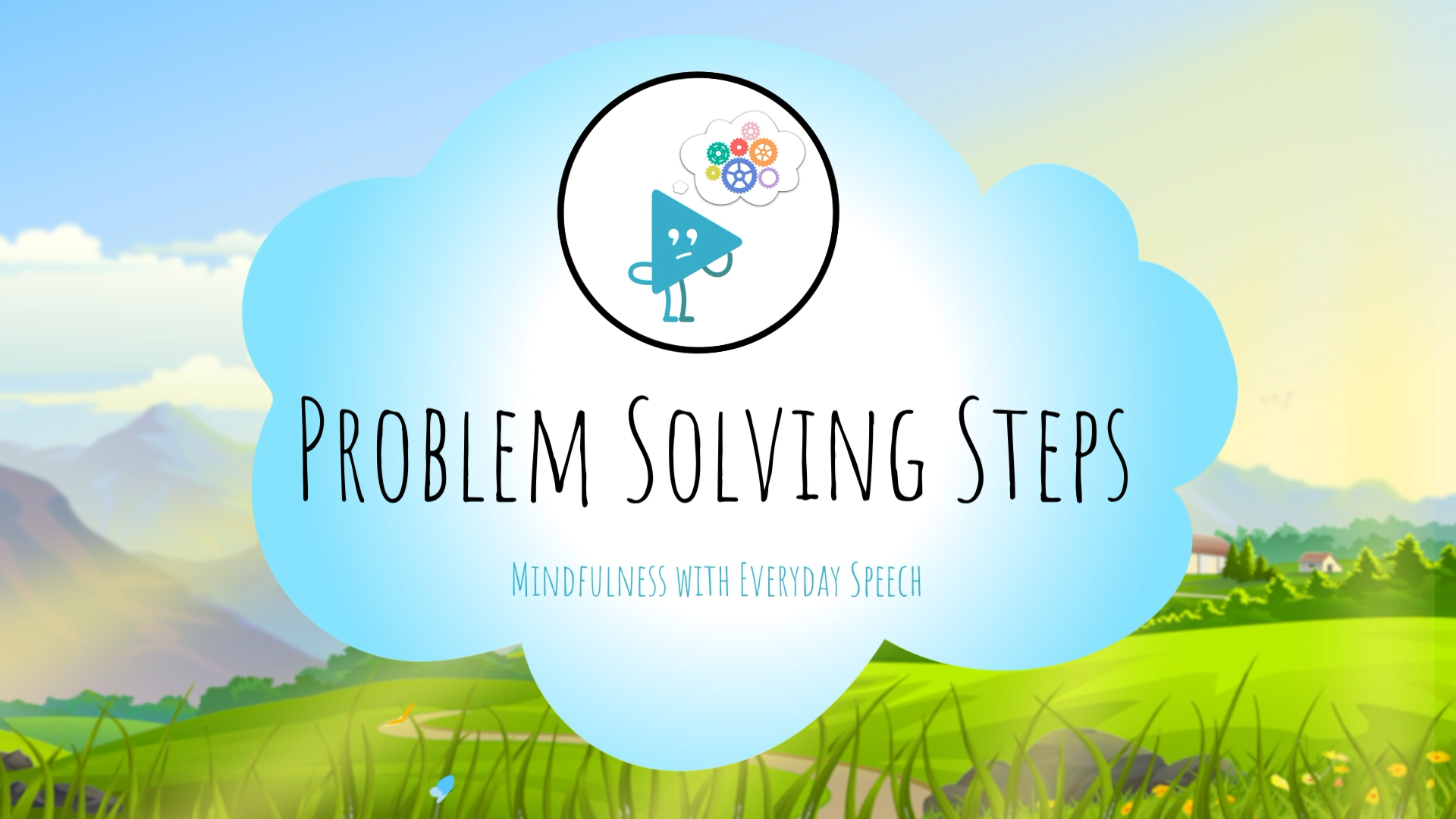Introduction
Problem-solving is a vital skill for navigating the complexities of life. It involves understanding a problem, identifying potential solutions, and taking action to resolve the issue. As children grow older, they encounter new and more challenging problems, both at school and at home. Teaching middle school students effective problem-solving techniques can help them become more independent, resilient, and adaptable individuals. In this blog post, we will explore a no-prep activity, discussion questions, and related skills to help educators teach problem-solving to middle school students.
No-Prep Activity: The Problem-Solving Relay
The Problem-Solving Relay is a fun and engaging activity that requires no preparation or materials. Here’s how it works:
- Divide the class into teams of 4-5 students.
- Ask each team to line up on one side of the room.
- Present a problem to the class, such as a disagreement between friends or a challenge at school.
- Each team member must take turns contributing one step of the problem-solving process, as outlined in the introduction.
- When a student completes their turn, they run to the back of the line, and the next student continues with the next step.
- The first team to complete all the steps and come up with a viable solution wins the relay.
This activity encourages students to collaborate and apply the problem-solving steps in a fast-paced, interactive setting.
Discussion Questions
To stimulate further discussion and reflection on problem-solving, consider asking your students these questions:
- What challenges did you face when trying to come up with a solution during the relay activity? How did you overcome them?
- Can you think of a time when you successfully solved a problem? What steps did you take, and what did you learn from the experience?
- How can understanding the size of a problem help you determine the best course of action?
- Why is it important to consider the feelings of others when choosing a solution to a problem?
- How can practicing problem-solving skills help you in your everyday life, both at school and at home?
Related Skills
Problem-solving is closely connected to several other essential social-emotional learning skills, including:
- Empathy: Understanding the feelings and perspectives of others can help students develop more effective solutions to interpersonal problems.
- Communication: Clear and respectful communication is crucial for presenting and negotiating solutions with others.
- Resilience: Developing strong problem-solving skills can help students bounce back from setbacks and adapt to new challenges.
- Decision-making: Weighing the pros and cons of various solutions requires critical thinking and sound judgment.
Next Steps
Teaching problem-solving skills to middle school students is essential for their personal and academic growth. By incorporating activities like the Problem-Solving Relay and engaging in thoughtful discussions, you can help your students become more adept at navigating life’s challenges. To access free samples of problem-solving materials and explore other social-emotional learning resources, sign up at Everyday Speech.











